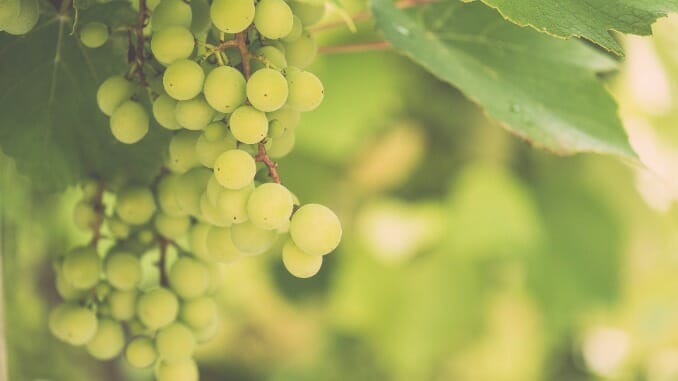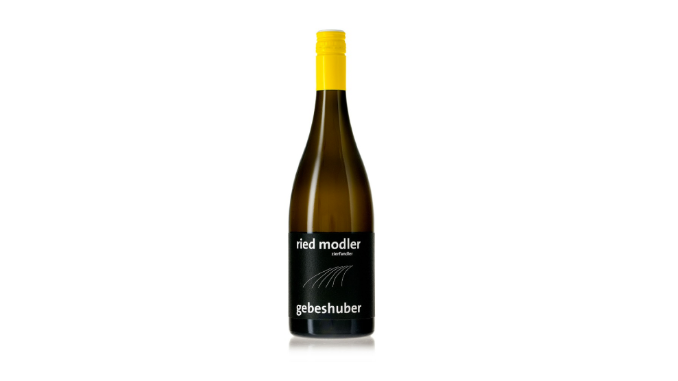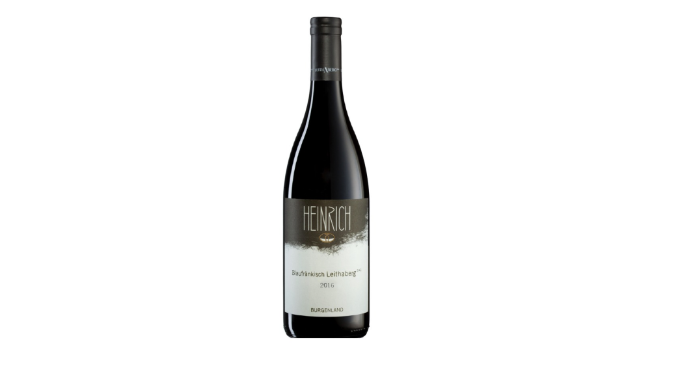Tasting: 3 Austrian Wines Made From (Somewhat) Obscure Grapes
Photos by Franz Schekolin/Unsplash, Gebeshuber, Heinrich
Austria may not have the reputation for wine that Spain, Italy or France do, but that doesn’t mean the country doesn’t have a rich history of grape-growing and winemaking. Grapes have been planted in modern-day Austria since the third century, but it wasn’t until 1995 that the country formally entered into the EU and started adhering to European wine laws. These days, you’ll find a variety of wine grapes growing on Austrian soil, from the popular Rieslings, Chardonnays and Pinot Noirs to the lesser-known Muskatellers, Weissburgunders and Blaufränkisches.
While there are tons of more-obscure varieties are worth trying, if you’re looking to branch out and expand your wine horizons, Austrian wines are a great place to start. I decided to try three different Austrian wines to learn more about varieties I was unfamiliar with, and I was pleasantly surprised with the results. From a light, nutty white to a creamy, mouth-watering red, let’s take a look at three Austrian selections you should be on the lookout for.
Gebeshuber Ried Modler Zierfandler 2019

ABV: 13%
MSRP: $33
At first sip, this wine may seem unremarkable. But take a moment to appreciate the layers of flavors playing on the palate, and you’ll soon realize you’re drinking something special. This wine was made using biodynamic principles, rendering a high-quality, complex wine (hence the price). It’s light and refreshing on the nose but not ultra-pronounced. Enjoy the notes of hazelnut, citrus and pastry. It may sound like a strange combo, but it all makes sense when you finally take a sip. On the palate, you’ll taste orange peel, pineapple, pear and an elegant nuttiness that rounds out the flavor perfectly. The long finish guarantees that it won’t fade from your memory anytime soon.
This wine comes from the Thermenregion viticultural zone, a dry region just southeast of Vienna, which is one of the most famous wine-growing regions in Austria. The warm weather here lends itself perfectly to several grape varieties, but Zierfandler is particularly famous in this region. Enjoy with lobster or something spicy, and you’ll better understand the price point of this bottle. Although this wine is delicious now, you could leave it in your cellar for up to 40 years and enjoy later.
Weingut Allram Strass Grüner Veltliner 2020
ABV: 12.5%
MSRP: $25
Looking for a budget-friendly wine from Austria? If so, the Weingut Allram Strass Grüner Veltliner 2020 is definitely your best option from this tasting, and luckily, its low price tag is not evident when it comes to taste. If you live in the U.S., there’s a good chance you’ve seen this variety before, so it may not be too out of the ordinary if you frequent wine shops—it’s one of the country’s most notable grapes—but that doesn’t mean you’re not getting something special with this particular bottle.
The aromas in this wine are quite bold and pronounced, but they’re unfussy: Expect apricot, pear and green apple with a light floral undertone. On the palate, you’re going to get a notable dose of salinity along with strong notes of citrus and apricot. It’s quite dry and not too complex, which makes it easy to sip until the bottle is gone. Drinkable, fresh and a great value? You’ve got nothing to lose here.
Heinrich Leithaberg Blaufrankisch 2017

ABV: 13%
MSRP: $35
If you ask me about the best of the bunch, I’ll refer you to the Heinrich Leithaberg Blaufränkisch 2017. For all those who love red wine but aren’t huge fans of the super bold and tannic, Blaufränkisch is bound to be a popular selection, and this specific wine is no exception. It’s fruity, super-acidic and peppery, common attributes of Blaufränkisch in general. On the nose, aromas of cherry stand out immediately, followed by a lovely smokiness that might seem at odds with the fruity profile but absolutely isn’t.
Take a sip, and you’ll experience the rich complexity of this oaked masterpiece. Honestly, my first thought was that it tasted like Luden’s Wild Cherry lozenges in the best possible way, though I would prefer this medicine over a cough drop any day. You may also notice notes of truffle and black pepper. It’s salty, it’s savory and it’s bursting with acidity. That acidity is balanced out nicely with the slightest bit of creaminess. The secondary notes are not too overt in this wine, but rather make every sip a bit more interesting.
This biodynamic wine is ultra-drinkable and can be served chilled if you’re looking for more summery vibes, but it doesn’t have to be. It’s a great option for those who love reds and are looking for an entry point into Austrian wines.







































